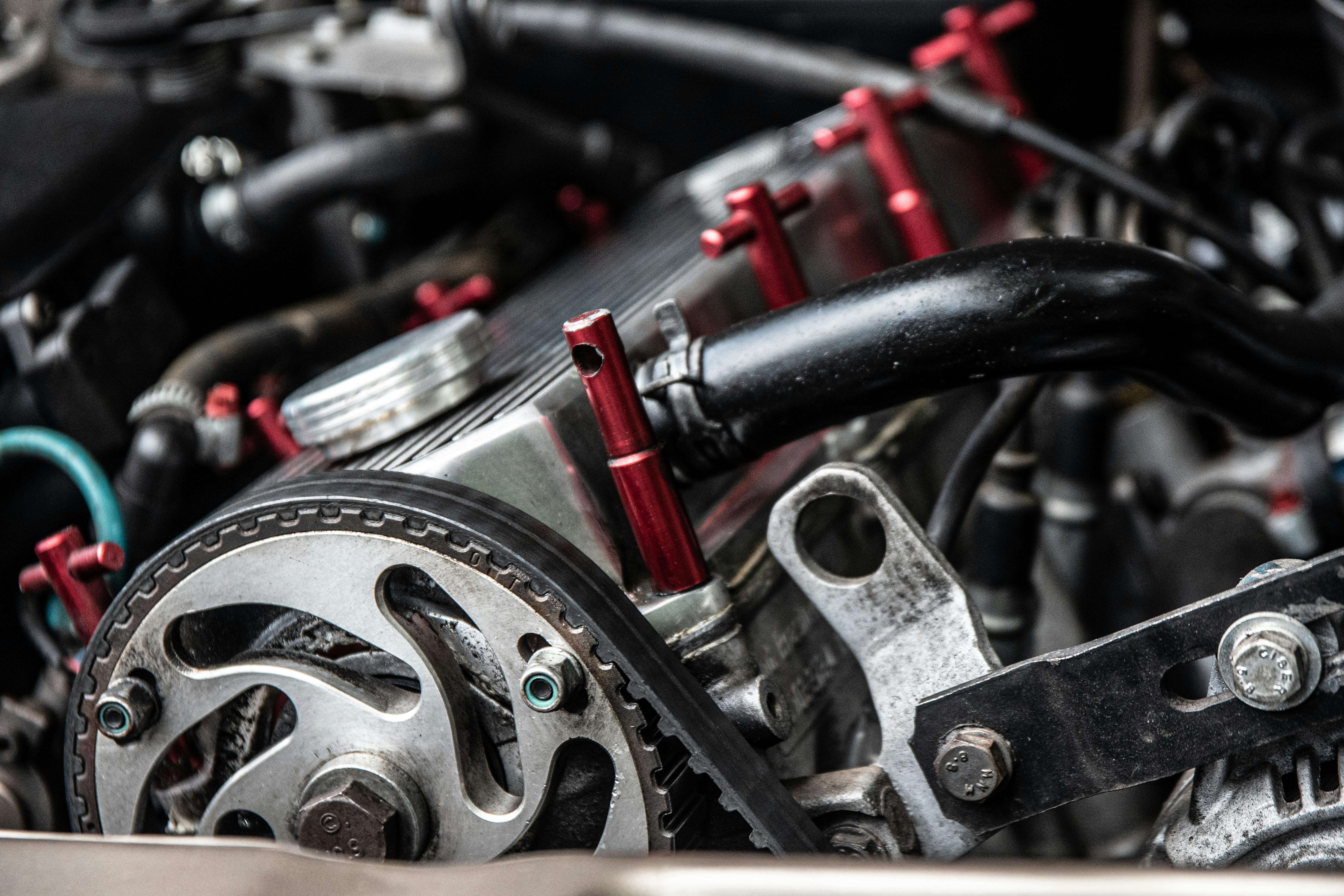12 Steps to Vehicle Repossession and Sale – The Car Repossession Process
Vehicle recovery is largely based on economics. A buyer bought a car that they can no longer afford or refuse to pay. Lending institutions lend money as a legally binding agreement, and when the agreement breaks down and negotiations fail, the cars are repossessed from the original owner. Here’s a quick review of how and why banks and other lending institutions repossess cars.
12 Steps to Vehicle Repossession and Sale, The Auto Repossession Process
1. I buy a new car at my local car dealer, pay no down payment, and sign a 5-year defined financing agreement with the car dealer. I lost my job 8 months later due to the economic downturn and layoffs.
2. I miss my monthly payments and the loan company continues to demand payments that I cannot and do not pay.
3. After a few notices of non-payment, the loan company will now inform me that they have started legal proceedings to take possession of my car.
4. Now I can try to negotiate with my loan company; If the negotiations are unsuccessful, the bond company will take legal action.
5. At this point, the bank or lender must show that it has a lien on the care and terms of any loan agreement before it can take any further action. If they can prove this, they will ask the courts to place a lien against the car and to give the car owner a fixed period of time to comply with the court order.
6. Now I can voluntarily surrender the car, or wait for the repo to knock on my door, or retrieve the car from the street where it is found.
7. The repossession of the car is complete when the collection agent takes possession of the vehicle once it is off my property and in a tow truck.
At this point, the bank is now the legal owner of the repossessed vehicle and will take action to sell the car. By law, which varies from state to state, I will be given a set number of days for when and where the car will be put up for sale. This allows me the opportunity to buy back the car and pay any fees.
car auction process
1. My car is now repossessed and will be put on a lot and put up for sale at a public or private auto auction.
2. The prices of repossessed vehicles are always set at market value, which depends on the condition of the vehicle and not on its history.
3. Potential buyers now have the opportunity to inspect the cars and determine if they want to make an offer.
4. Most auction rules require 3 separate bids on the car, and then it is up to the lender that repossessed the car to determine if they will let it go to the highest bid requested.
5. If the offer is accepted, a DMV form is completed without going through the original owner.
6. The deal is final once the buyer’s loan is approved.
That’s pretty much the car repossession process and how a bank repo car auction works. There are many more cars filling lenders’ lots as economic struggles continue. Over 300 cars a day have flooded a local auto auction house recently in Florida, and lenders don’t want to stand by and let a vehicle’s value depreciate, or pay long-term storage fees, and want cars repossessed are sold as soon as possible. possible. If you want to learn more about how these types of car auctions work, you can check out Buying Repo Cars For Sale and learn how to find quality used cars at auction.
